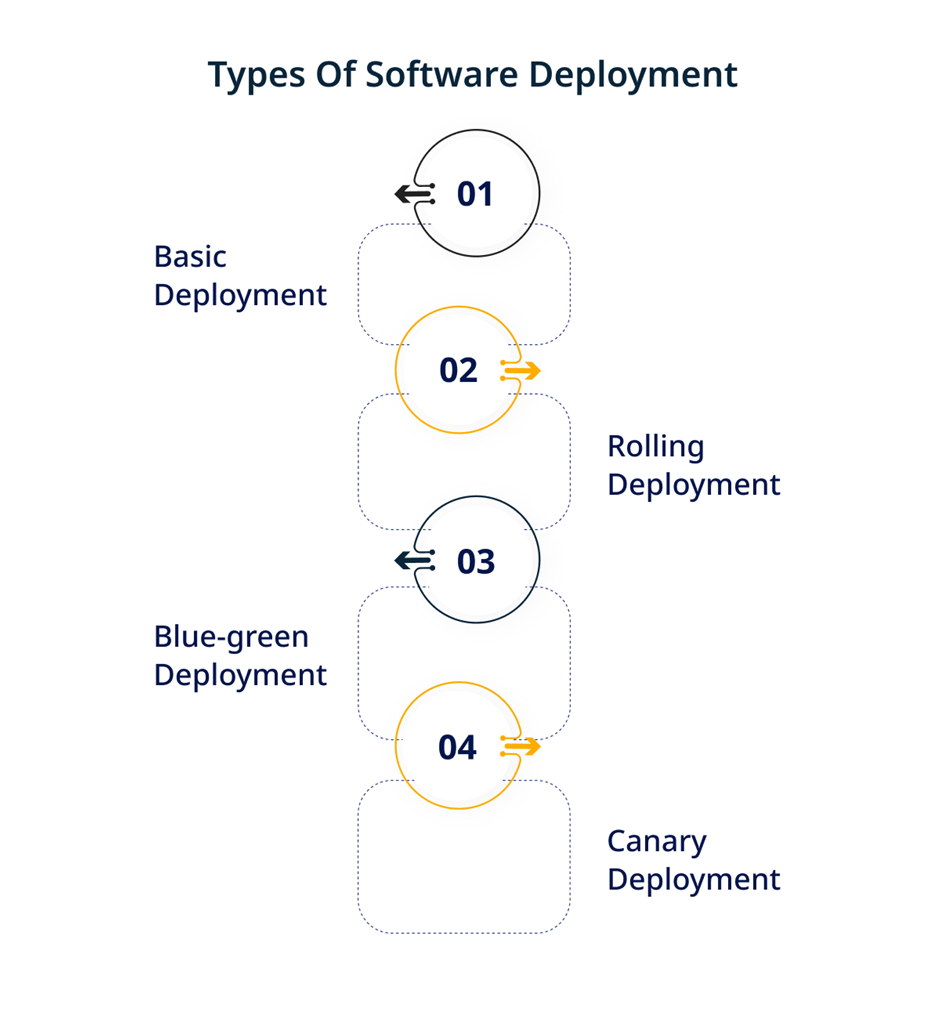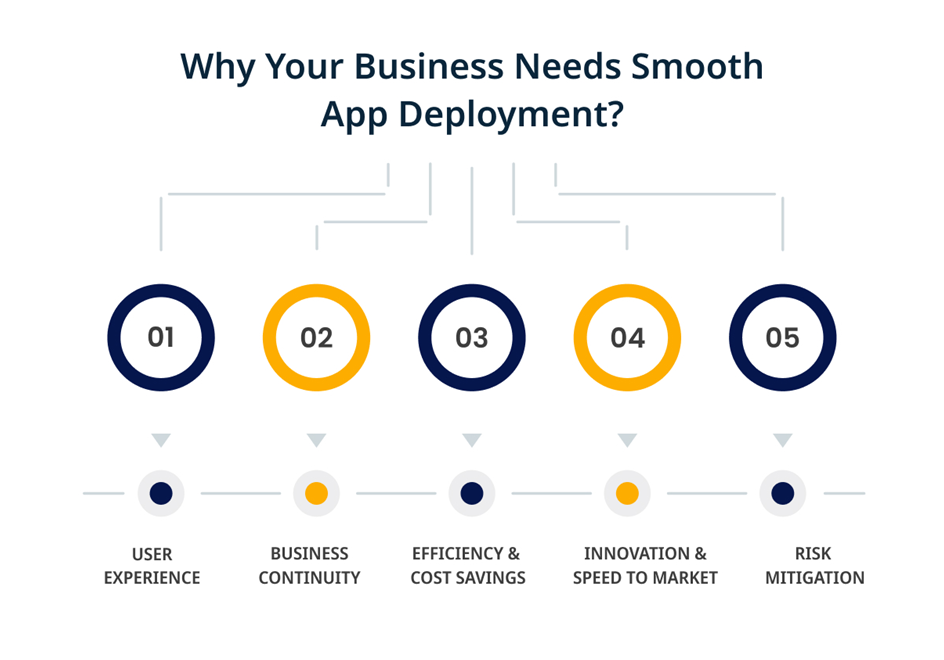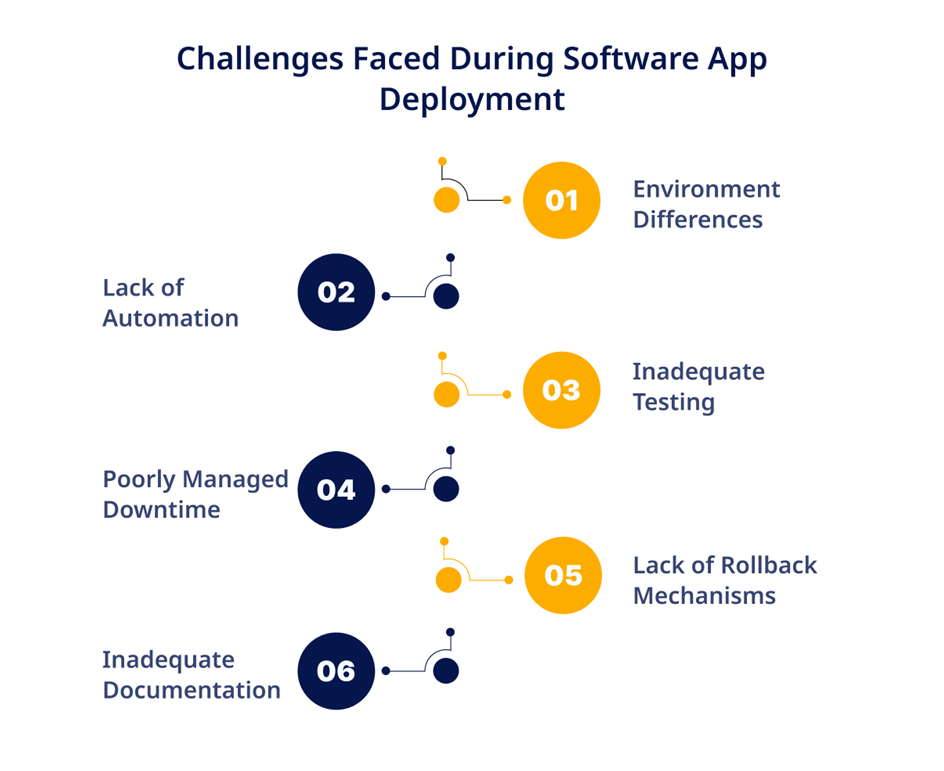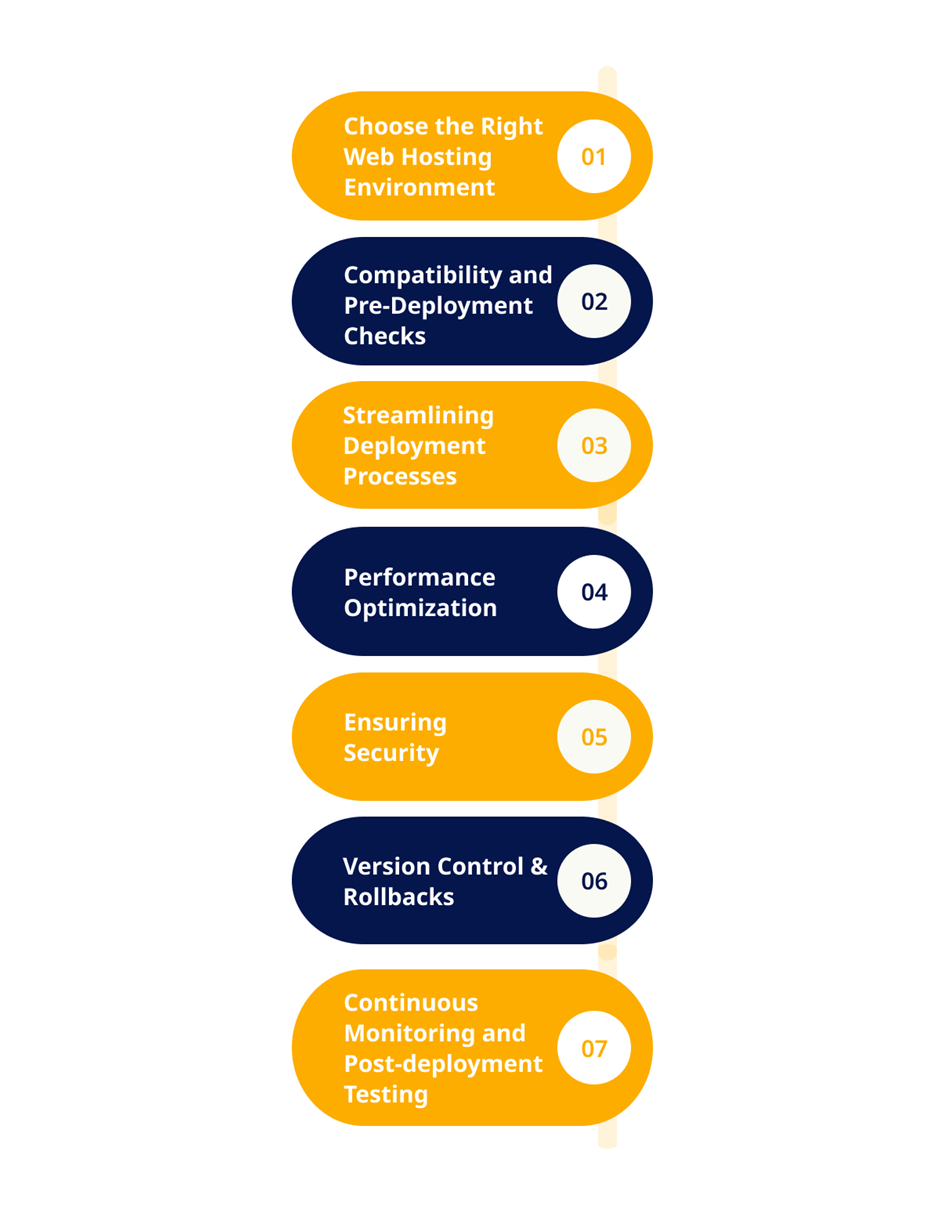Table of Contents
Discover top tips for seamless software deployment on web hosting. Maximize success with best practices for smooth application launches.

?
Are you ready to navigate the vast digital skies?
In this post, you will find the best practices that ensure your software applications take off smoothly and land safely in the vast landscape of web hosting environments.
What Is Software Deployment?
Software application deployment is a crucial phase in the software development lifecycle. It is the moment of truth when the software, meticulously crafted with countless hours of coding, is finally launched into the real world.

Why Is There A Need For Smoother and Successful Application Deployments?
Smoother & successful application deployments are not just a technical necessity but a strategic imperative.
They are the bridge that takes your software applications from the development environment to the real world, ensuring your business thrives in the digital age.
Find Out Why Your Business Needs Successful Application Deployments:

User Experience?
In an era where user experience is king, downtime, bugs, or performance issues during or after deployment can lead to user dissatisfaction.
For a business, a smooth deployment ensures that your users enjoy a seamless experience, which is crucial for customer retention and loyalty.
Business Continuity
For many businesses, their software applications are their lifeline. Any disruption during deployment can lead to business loss, reputation damage, and even regulatory penalties in certain sectors.
Hence, successful software application deployments ensure business continuity and trust in your brand.
Efficiency & Cost Savings
Automating the software application deployment process results in huge savings of time & labor. It also reduces the risk of errors caused by human input.
In the end, not only will this result in greater efficiency, but it will also generate cost savings over some time.
Innovation & Speed to Market
In today's competitive landscape, the ability to innovate rapidly and quickly bring new features to market is a key differentiator. Smooth and successful deployments enable faster release cycles, helping businesses stay ahead of the competition.
Risk Mitigation
Every deployment carries a certain level of risk, including potential data loss, security vulnerabilities, or compliance issues. A well-planned and executed deployment minimizes these risks, protecting the business and its customers.
Challenges Faced By Software Development Companies During Deployment
Software application deployment often comes with some challenges you must pay attention to. These challenges can make software deployment seem like a daunting task.
However, with the right strategies and best practices, software application development companies can navigate these hurdles and ensure smooth and successful software application deployment.
Let's see what these challenges are:

Environment Differences
A persistent issue many organizations face is the difference between development and production environments.
Even though software could function impeccably in a controlled & monitored development atmosphere, it might be liable to missteps when operating in the natural production environment due to changes in setups, hardware, or software dependencies.
Lack of Automation
Manual deployment processes are not only time-consuming but also prone to human errors. These errors can lead to faulty deployments, causing system downtime and negatively impacting the user experience.
Inadequate Testing
Insufficient testing before deployment can lead to undiscovered bugs or performance issues in the live environment. It can result in system crashes or slow response times, leading to user dissatisfaction.
Poorly Managed Downtime
Deployments often require some downtime. However, if not managed properly, this can lead to extended periods of unavailability, causing inconvenience to users and potential business loss.
Lack of Rollback Mechanisms
A quick rollback is essential to minimize disruption if something goes wrong during deployment. However, many companies need help implementing effective rollback strategies, which can exacerbate problems when a deployment fails.
Inadequate Documentation
Proper documentation is crucial for successful software application deployment. However, it's often overlooked, leading to confusion and mistakes during deployment.
For those frequently dealing with software deployment documentation, quickly revising or editing PDF files becomes a necessity. Utilizing a robust PDF editor can significantly streamline this process, enabling smooth edits and updates.
Best Practices for Smooth & Successful Software Application Deployment

A successful software application deployment on web hosting environments requires careful planning, thorough checks, efficient processes, and continuous monitoring. Following the below-listed best practices, you can ensure a smooth and successful deployment.
Choose the Right Web Hosting Environment
A reliable server ensures your application is always accessible, while performance directly impacts user experience. Moreover, security features protect your application from threats, and good support services can help resolve any issues quickly.
Factors to consider for choosing the web hosting deployment environment:
- Server reliability
- Performance
- Security features
- Support services
Compatibility and Pre-Deployment Checks
It is essential to conduct compatibility checks before deploying your application. It includes:
- Verify software dependencies
- Verify server configurations
- Check for operating system compatibility
Comprehensive pre-deployment checks can help you identify potential issues that could disrupt the deployment process. This step also ensures that the hosting environment is well-suited to your application, thus reducing the likelihood of unexpected problems.
Streamlining Deployment Processes
This process can significantly reduce the time and effort required for application deployment.
There are some automation tools, viz. Continuous Integration/Continuous Deployment (CI/CD) pipelines that can automate repetitive tasks, reducing the risk of human error and ensuring consistency.
Efficient software application deployment workflows can help your team deploy updates and new features quickly & reliably.
Performance Optimization
It is a crucial step in a web hosting environment. Various techniques can significantly improve your application's speed and responsiveness. It includes:
- Optimizing server resources
- Caching mechanisms
- Database queries
- Network latency
Moreover, regular monitoring and analysis of application performance can help identify and address performance bottlenecks, ensuring a smooth user experience.
Ensuring Security
Web hosting environments can be vulnerable to various security risks. Implementing robust security measures can protect your application from threats. It includes:
- Securing servers
- Implementing access controls
- Encrypting data
- Staying updated with security patches
Regular security audits and testing can help identify potential vulnerabilities and ensure your security measures are effective.
Version Control & Rollbacks
Version control and rollbacks are vital components of a software application deployment. Version control systems track changes to your codebase and allow you to revert to previous versions if necessary.
Conversely, a robust version control system, combined with effective branching strategies, can help manage code changes and enable smooth rollbacks when needed.
Continuous Monitoring and Post-deployment Testing
Continuous monitoring after deployment is crucial for maintaining application performance and security. Monitoring tools can help you in:
- Identify performance issues
- Find security threats
- Find errors in real-time
- Allowing you a quick resolution
Post-deployment testing ensures that the application functions as intended in the live environment, reassuring that the deployment was successful.
Conclusion
So we have seen that the journey to a smooth & successful software application deployment on web hosting environments is not simple but a series of thoughtful decisions and meticulous actions.
Each step is pivotal in the deployment journey, from choosing the right web hosting provider to maintaining continuous monitoring.
Remember that the digital world is dynamic & ever-evolving. You should stay abreast of the latest trends, tools, and strategies for successful software deployment. It will further help you navigate this landscape more effectively.
It is about more than just getting your application live. It is about ensuring it delivers a seamless, secure, and high-performing experience.
So, as you embark on your next deployment, remember these best practices or contact a top WordPress website development company to deploy your next project.









